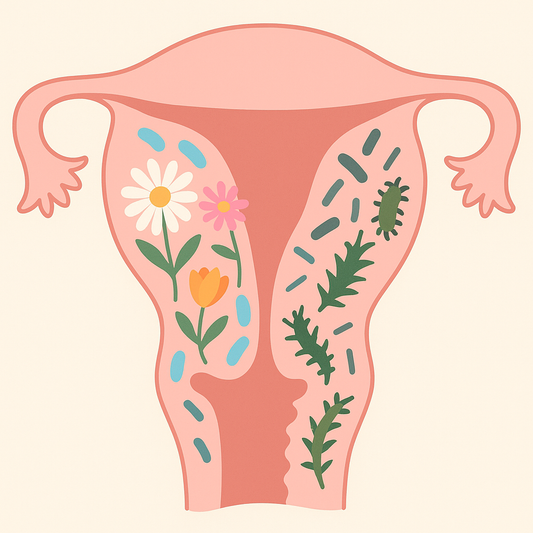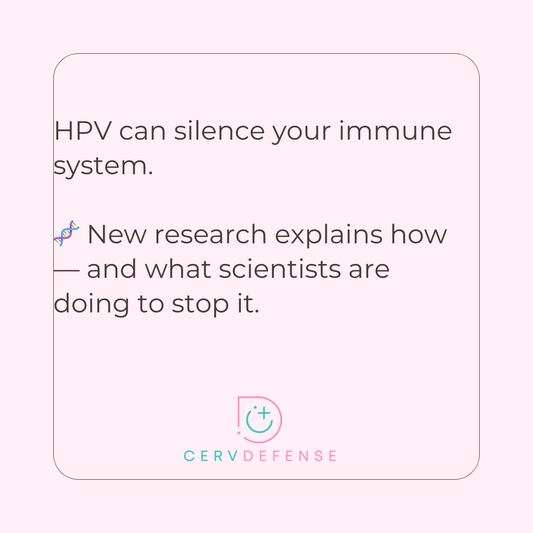
Guarding Against Cervical Cancer: Unraveling the Impact of HPV and Strategies for Protection
Share
Cervical cancer, a formidable health threat affecting women globally, remains a leading cause of mortality. Crucial to averting cervical cancer is understanding the role played by the Human Papillomavirus (HPV) in its genesis.
The Role of HPV in Cervical Cancer
HPV stands as the most prevalent sexually transmitted infection globally, boasting over 200 related viruses. While numerous HPV strains are innocuous, certain high-risk types, notably HPV 16 and HPV 18, pose a significant menace to women's health. These high-risk variants can induce alterations in the epithelial cells of the cervix, instigating the onset of dysplasia – an abnormal cell growth.
Dysplasia manifests in a spectrum from mild to high grade, with the latter harboring an elevated potential to progress into cancer. The insidious nature of HPV involves the integration of its DNA into host cells, prompting the production of proteins (E6 and E7) that disrupt tumor suppressor genes. This disruption propels excessive cell multiplication in the cervical lining, fostering the accumulation of genetic mutations and, inevitably, the development of cervical cancer.
Additional Risk Factors
While HPV infection stands as a pivotal factor in cervical cancer development, it is imperative to acknowledge additional risk factors. Smoking, a compromised immune system, and prolonged use of oral contraceptives are among these contributory elements. These factors can exacerbate the impact of HPV, increasing the likelihood of cervical dysplasia progressing to cancer.
Early Detection and Prevention
The linchpin in combatting cervical cancer lies in early detection and prevention. Key strategies include:
-
HPV Vaccination: The HPV vaccine is a paramount preventive measure, efficacious against the majority of cancers arising from the virus. Vaccination can significantly reduce the incidence of HPV-related cervical dysplasia and cancer.
-
Routine Cervical Screening: Regular Pap smear tests and HPV testing are essential for identifying HPV infections and abnormal cell changes early. Early detection through cervical cancer screening can lead to timely treatment and better outcomes.
-
Safe Sexual Practices: Using condoms and limiting the number of sexual partners can help reduce the risk of HPV transmission.
-
Healthy Lifestyle Choices: Avoiding smoking, maintaining a strong immune system through a healthy diet and regular exercise, and managing stress can further support cervical health.
Conclusion
Understanding the relationship between HPV and cervical cancer is crucial for effective prevention and early detection. By embracing HPV vaccination, practicing safe sex, and committing to regular cervical screenings, women can significantly reduce their risk of developing cervical cancer. Educate yourself, get tested, and support your cervix to maintain optimal health.



